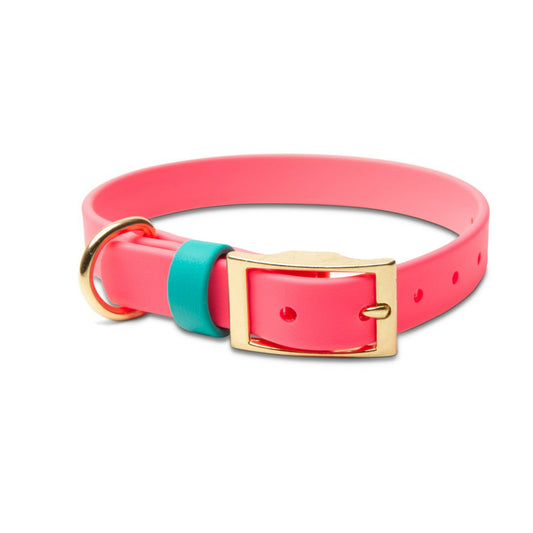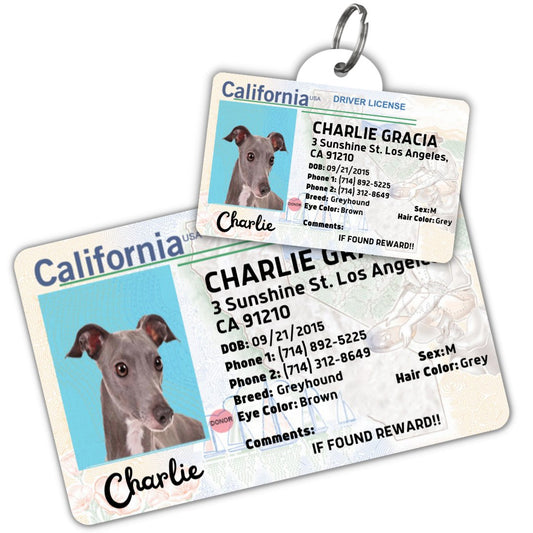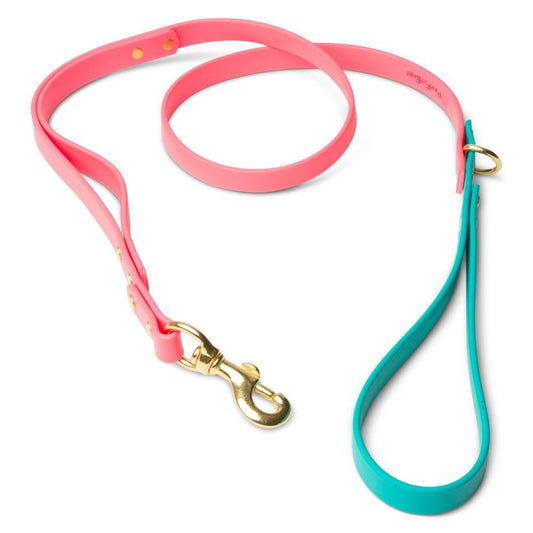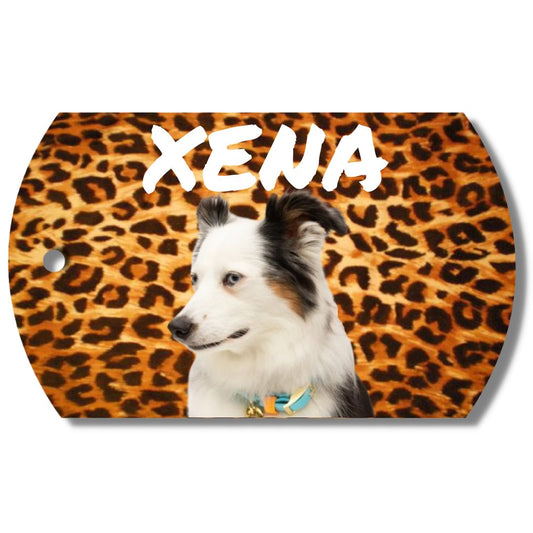
Establishing a Fashionable and Eco-Friendly Wardrobe for Your Furry Friend
Understanding the Importance of Sustainable Pet Fashion
Sustainability is a hot topic in today's world, and it doesn't just apply to human fashion. Our furry friends also have a carbon pawprint that we need to consider. By choosing sustainable pet fashion, you are making a conscious effort to reduce waste and the negative impact on our environment. This can be achieved by selecting garments made from sustainable materials, repurposing old clothing, or choosing products from brands that prioritize eco-friendly manufacturing practices.
Benefits of Sustainable Pet Fashion
- Eco-friendly: Sustainable pet fashion reduces the carbon pawprint by utilizing eco-friendly materials and manufacturing processes.
- Safe for pets: Clothes made from natural, non-toxic materials are safer for your pet's skin.
- Durability: Sustainable pet clothes are often more durable and last longer, reducing the need for frequent replacements.
- Support for ethical brands: By choosing sustainable pet fashion, you are supporting brands that prioritize ethical manufacturing practices and animal welfare.
Step-by-step Guide to Building a Sustainable Pet Wardrobe
Creating a sustainable pet wardrobe doesn't happen overnight. It requires careful planning and consideration. Here are some steps to help you get started.
Step 1: Selecting Sustainable Materials
The first step in building a sustainable pet wardrobe is to select clothes made from eco-friendly materials. Organic cotton, hemp, bamboo, and recycled materials are some examples of sustainable fabrics. They are not only eco-friendly but also gentle on your pet's skin.
Step 2: Buying Secondhand or Repurposing Old Clothing
An excellent way to build a sustainable pet wardrobe is to buy secondhand pet clothes or repurpose old human clothes. This approach not only reduces waste but also saves money. Plus, with a little creativity, you can transform an old T-shirt into a stylish dog jacket.
Step 3: Donating or Recycling Old Pet Clothes
Don't throw away old pet clothes. Instead, donate them to animal shelters or rescue organizations. If the clothes are not in usable condition, consider recycling them at a textile recycling facility.
Step 4: Choosing Multipurpose and Minimalist Designs
Invest in clothes that can serve multiple purposes. A dog sweater, for instance, can double up as a winter coat. Also, choosing minimalist designs reduces the need for numerous outfits, thus promoting sustainability.
DIY Pet Clothes: Unleashing Your Creativity
If you are a DIY enthusiast, why not take a shot at creating your pet's clothes? With some basic sewing skills, you can create unique and personalized outfits for your pet. Here are some DIY pet clothing ideas to inspire you.
DIY Pet Onesie
Pet onesies are comfortable, practical, and absolutely adorable. All you need is a baby onesie that fits your pet. Modify it by creating an opening for your pet's tail and crotch area. Voila! You have a cute pet onesie ready in no time.
DIY Pet Sweater and Scarf
Transform an old sock into a trendy pet sweater and scarf. Simply cut off the toe of the sock and make two holes for your pet's legs. For the scarf, cut another sock into two halves.
DIY Pet Raincoat
Protect your pet from rainy weather with a DIY raincoat. A reusable shopping bag made from waterproof material is perfect for this project. Just cut out the shape based on your pet's size and shape, and your pet raincoat is ready.
Making Dressing Up Fun and Easy for Your Pet
It's important to remember that not all pets are comfortable wearing clothes. Therefore, it's essential to make the dressing up process as fun and stress-free as possible. Here are some tips:
- Start early: Train your pet to wear clothes from a young age. This will help them get used to the idea of wearing clothes.
- Introduce clothes gradually: Don't rush the process. Start by draping the clothes over your pet's back and gradually increase the duration.
- Reward your pet: Always reward your pet with treats or praise after a successful dressing up session. This will create positive associations with wearing clothes.
- Choose the right size: Make sure the clothes are the right size for your pet. Clothes that are too tight or too loose can make your pet uncomfortable.
- Try different styles: Experiment with different styles and types of clothes. Some pets may prefer lightweight clothes, while others may enjoy wearing fancy outfits.
Maintaining Your Pet's Wardrobe
Maintaining your pet's wardrobe is just as important as building it. Regular cleaning and proper storage are key to ensuring your pet's clothes last longer. Always check the care instructions on the clothing tag. Most pet clothes can be machine washed, but some may require hand washing. Use a pet-safe laundry detergent to avoid skin irritation.
Conclusion
Building a sustainable and unique wardrobe for your pet is a delightful and rewarding process. It allows you to express your pet's personality and style while being mindful of the environment. With a little creativity and effort, you can create a pet wardrobe that is not only stylish but also sustainable and comfortable for your furry friend. So, why wait? Start building your pet's wardrobe today!





